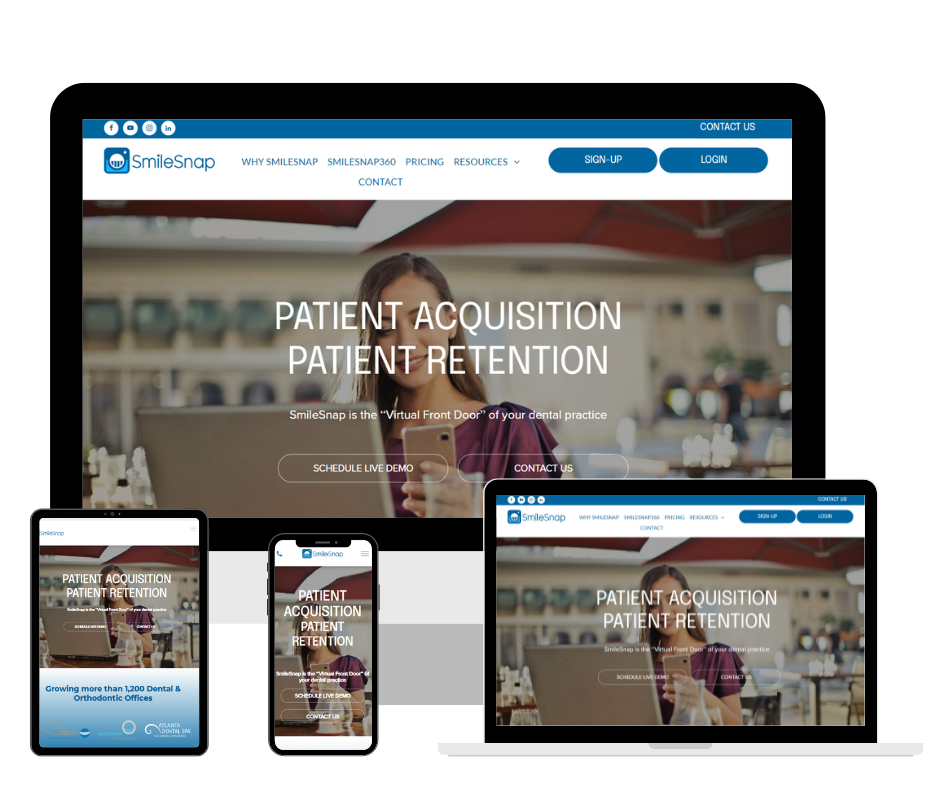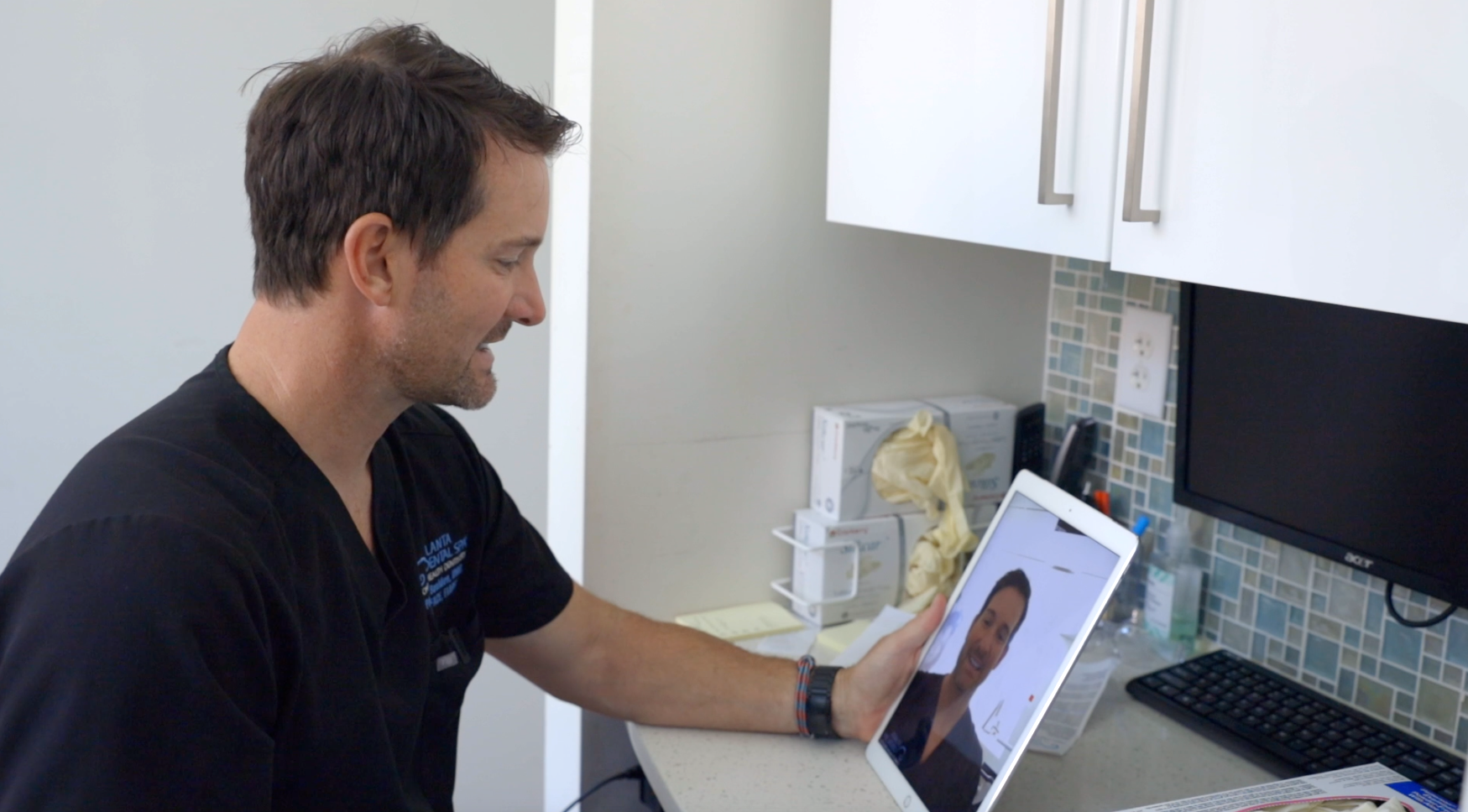Improved Patient Experience:
Kenner Medina • April 14, 2025

Are you tired of waiting weeks for a doctor's appointment, only to spend a few rushed minutes with them before being sent on your way? Well, say goodbye to that outdated model of healthcare because virtual consultations are here to revolutionize the patient experience.
Picture this: you wake up with a nagging pain in your side. Instead of having to wait days or even weeks for an in-person appointment, you can simply hop online and schedule a virtual consultation with your healthcare provider. Within hours, you're face-to-face (virtually, of course) with a doctor who can assess your symptoms, answer your questions, and even develop a personalized treatment plan just for you.
But the benefits of virtual consultations don't stop there. With this streamlined approach, practices can provide faster responses, personalized treatment plans, and better communication. No more playing phone tag with receptionists or waiting on hold for hours. Instead, you have direct access to your healthcare provider at the touch of a button.
This improved patient experience not only saves you time and hassle but also builds trust between you and your healthcare provider. When you feel heard, understood, and valued, you're more likely to follow through with your treatment plan and see better results. And isn't that what healthcare is all about?
So, next time you're feeling under the weather or have a question about your health, consider scheduling a virtual consultation. It's the modern way to receive personalized, efficient, and effective healthcare – all from the comfort of your own home. Improved patient experience? Check. Better communication? Check. Trust and satisfaction? Double check. It's time to embrace the future of healthcare with virtual consultations.
Sign Up for SmileSnap Today!
Register for Smilesnap Now!

One of the biggest mistakes practices make is relying on just one communication channel. Prospects differ—some prefer texting, others email, some want a quick video message. SmileSnap supports multiple channels, so you can reach leads where they’re most comfortable. When a new lead is captured, you can trigger a mix of messages—SMS, email, video — to reinforce engagement. For instance, if someone doesn’t respond to an email, the system can send an SMS reminder. You can also use video replies to add a human touch and build rapport instantly. Because responsiveness matters so much, this flexibility often increases reply rates and helps move leads toward booking. By logging all communications, your team always has context and avoids duplication. You eliminate “dead ends” where a prospect falls through because you used only one method. The result is a more connected, patient-friendly experience—and higher conversion rates .

The hardest step is turning a lead into a booked patient. SmileSnap’s tools are built to make that path as frictionless as possible. After capturing and prequalifying a lead, your team can send tailored content to build confidence and reduce hesitation. Whether it’s FAQs, treatment previews, or personalized videos, you control the nurture flow. You can also integrate scheduling so that once a prospect is ready, they can book directly, avoiding back-and-forth phone calls. Smart reminders and gentle nudges help reduce drop-offs. Because many practices using SmileSnap report conversion rates above 90%, the data shows this approach works. The conversion process becomes more scalable: rather than trying to manually manage every lead, the system does much of the heavy lifting. With analytics available, you can see which messages, timing, or lead sources convert best—and double down on what works. SmileSnap helps you convert more leads into patients with less manual effort.
